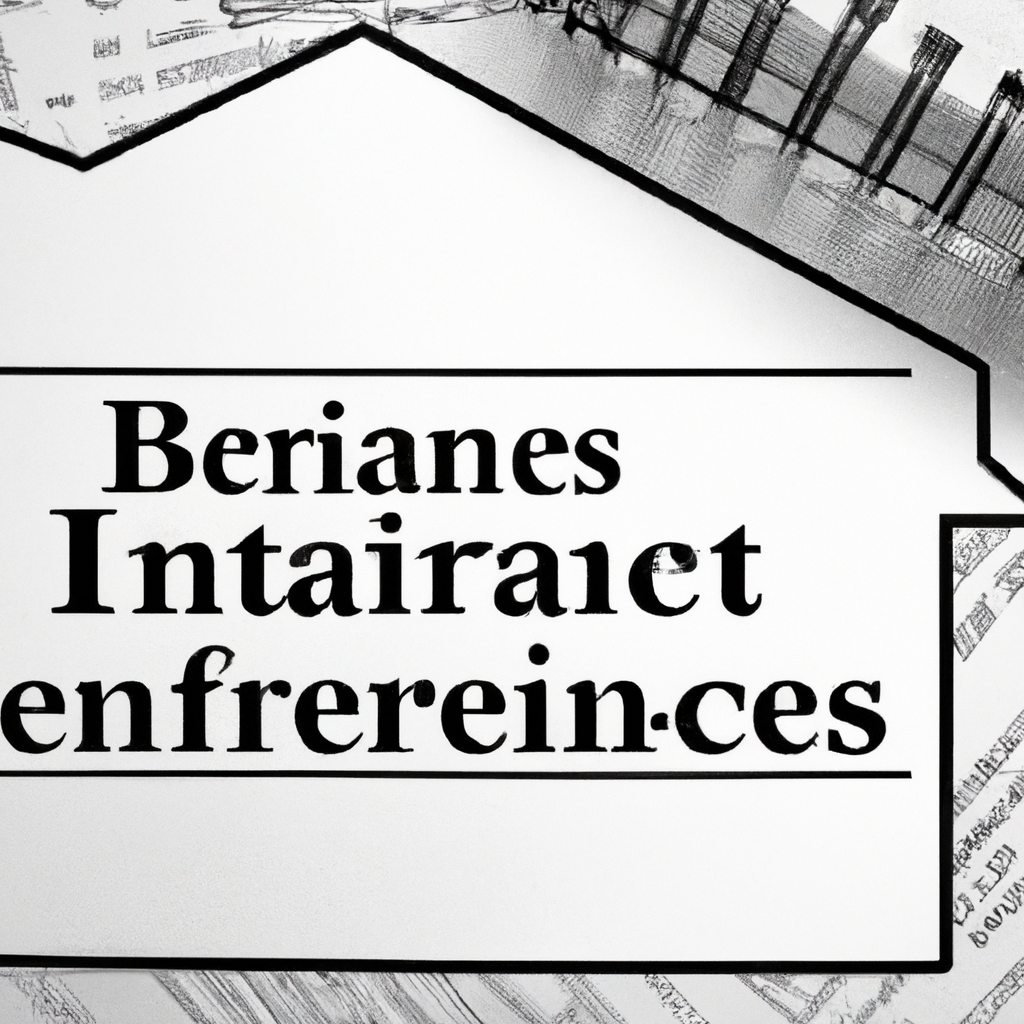Divorce is an emotional and often overwhelming process, and unfortunately, its financial effects can be even more confusing and hard to navigate. Whether you’re divorced, considering a divorce, or already in the middle of proceedings, it’s important to know what impact it could have on you financially. Read on to learn about the potential financial impacts of divorce and some tips on how to navigate your financial throughout the process.
1. Breaking the Bank: Unraveling the Economic Consequences of Divorce
Divorce has far-reaching economic consequences all too often overlooked during a tumultuous transition. It is essential to understand the financial landscape post-divorce to prevent long-term financial instability.
- Lifestyle Adjustment
- Tax Strategy Considerations
- Financial Plan Modification
The need to adjust your lifestyle when income goes down is one of the most daunting ramifications of divorce. The resulting struggle to balance current obligations with new, decreased sporadic income can feel overwhelming. By keeping expenses low and increasing income potential, a lifestyle that is comfortable yet doesn’t break the bank is achievable. Bow ties and pocket squares are fun, but learn to choose your battles. Even simply decreasing your discretionary expenses can help significantly when divorce decreases income.
The need for financial strategy shifts don’t end at a lifestyle adjustment either. Complex tax ramifications could arise, such as figuring out your divorce decree and factoring in filing as head of household. A qualified divorce attorney can help you understand your settlement agreement and how it affects taxes. Tax bracket changes, deductions, and the potential to recoup alimony from one’s ex-spouse are all important considerations.
Finally, consider creating an adapted financial plan that allows you to achieve financial stability and reach your goals in the future. Priorities may have to shift as previous plans have become unfit with reducing income post-divorce. A financial advisor is a great resource to understand how to adjust your plans and strategies in order to craft a healthier, tailored plan in the long term.
2. Mastering the Art of Financial Balance: A Practical Guide to Safeguarding Your Assets Through Divorce
Divorce can be a traumatic experience and managing finances is often a daunting task. But, with the right guidance and tools, you can maintain a strong financial balance and come out of the situation with greater assets.
What is Financial Balance?
Financial balance refers to the ideal state a person should strive towards. That is, having enough money to meet one’s needs or lifestyle, without compromising or over-indebting themselves. By managing your finances properly, you’ll be able to ensure that, even in the experience of a divorce, your needs are met and bills are paid.
Essential Guidance on Maintaining Financial Balance During a Divorce
- Take a step back: Though it’s easier said than done, it’s important to take a few days to develop a clear plan of action. This allows you to assess your finances, without acting out of impulse.
- Evaluate your budget: A financial advisor can help provide clarity on how to allocate what you earn and streamline your spending. It’s important to find a review process and stick to it.
- Secure an emergency saving fund: Even if it’s a small amount, this can help cover unexpected costs due to the divorce.
- Make wise investments: Don’t act in haste. Take into consideration the alternatives and research which investments will yield higher yields.
- Include non-fungible assets: Make sure to factor in the value of assets like your car,home and jewelry as part of your evaluation of assets.
The key to safeguarding one’s assets is to act with caution throughout the process. With a bit of discipline, financial balance can be attained and assets can be maximized, even in such a difficult situation.
If you’re going through a divorce and don’t know where to start, it’s best to seek advice from financial experts. A certified financial advisor can help provide clarity on how to work through the process and create your own financial balance. They can provide invaluable guidance towards helping you to understand the value of assets and to negotiate effectively.
3. Untangling the Dollars and Cents: Understanding the Financial Roadmap of Divorce
As your divorce process begins, it’s imperative to keep an eye on your financial picture. This is no easy feat – you will be juggling active debts, the division of assets, real estate transactions, tax implications and retirement accounts.
Below, we’ve detailed key points to understand as you untangle the financial pieces of the divorce roadmap:
- Gathering Your Financial Statements: As the process begins, the first step is to request all the financial documents you need. Make sure you are getting a monthly credit report, income tax records, investment accounts, real estate title documents, bank accounts, life insurance policies and any other financial accounts that you know to exist.
- Understanding Your Joint Assets: Start taking inventory of your joint assets. This includes any item that you’ve acquired or paid for together, like cars, furniture, jewelry, home appliances, cash savings and retirement savings accounts.
- Creating a Household Budget: Creating a household budget is a good way to account for your shared or separate expenses. Estimate your total monthly expenses, including fines and debts. Make a list of each debt payment, and decide how these will be allocated in the films. This will help with determining the appropriate alimony payment.
- Assessing Your Insurance Needs: Divorce can dramatically impact your insurance needs. You’ll need to re-assess where you do and don’t need insurance coverage. Make sure you note any differences in new and old coverage, and ensure that you’re clear on any responsibility each party has to provide coverage.
Divorce is a complicated process that impacts many areas of life. Although it will likely be a challenging journey, it’s also an opportunity to refresh your financial picture – make sure you take the time to understand the financial roadmap of your divorce within the larger context of your new life.
It’s also key to remember that you don’t have to go through this stage alone. Engaging the services of a divorce attorney can make navigating the various financial obstacles easier.
4. Building a Post-Divorce Foundation: Managing Your Finances to Set Sail for a Brighter Future
If you have recently gone through a divorce, it is now time to rebuild. One of the key components of recovering from a divorce is managing your finances. With proper management, you can set sail for a brighter future.
- Stay organized: Make sure you keep track of all income, expenses, and investments. This will also allow you to have a clear understanding of where your finances currently stand.
- Determine a budget: Establish a budget that works for you and stick to it. Take a look at each month’s budget and adjust it accordingly to fit your needs.
- Create a savings plan: Have a plan that outlines how much should be saved each month and how long it will take to reach your goals.
Start investing: Once you have established a budget and are comfortable with it, it is time to start investing. Investing is a great way to save and grow your money. You can invest in stocks, bonds, mutual funds, or other investments that match your risk tolerance.
A great way to plan for the future is to create a retirement plan. Having a retirement plan in place allows you to plan for the future without worrying about running out of money. Consider investing in a Roth IRA, Traditional IRA, or other investments that help build retirement funds.
With these tips in mind, you will be well on your way to establishing a post-divorce financial foundation. Take your time to learn more about managing your finances and building up your savings. You can set sail for a brighter future with the proper financial planning.
Divorce is a difficult process, and the financial impacts can be daunting. Hopefully, by using some of the tips discussed in this article, you can feel more in control of your finances and more equipped to face the financial changes that come with divorce. After all, financial stability can lead to emotional stability, and that is an invaluable asset when going through a divorce.



















